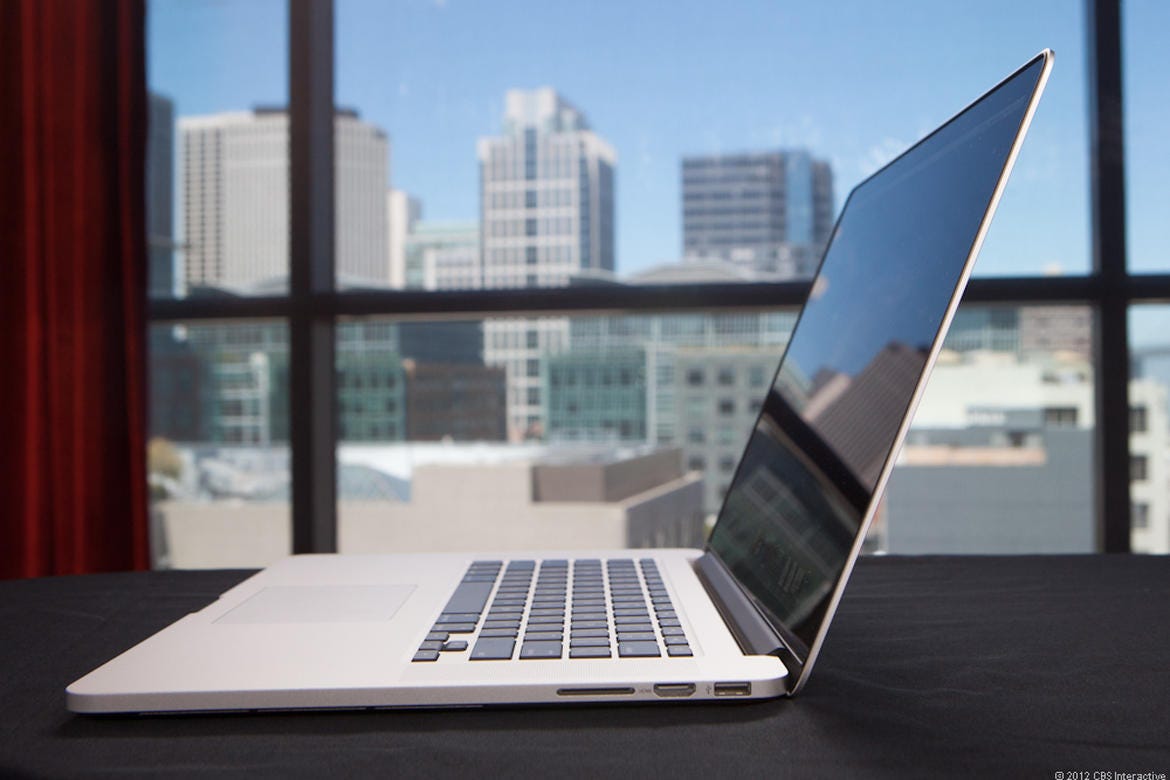Due to my current employer hardware policy I had to choose between a MacBook Pro (15-inch, 2017) or a Dell XPS 13 when I joined to the company, at that time, I chose the MacBook Pro because it has a Unix based OS, as I was get used to using KVM to create labs with VMs on my Debian box, an old fancy thing considering Docker I know, but I'm learning Terraform and I'd like to use it to provision my infra labs with the libvirt provider on macOS.
QEMU is a generic and open source machine emulator and virtualizer.
https://www.qemu.org/
Download the first CD or DVD image file, write it using a CD/DVD recorder (or a USB stick on i386 and amd64 ports), and then reboot from that. The first CD/DVD disk contains all the files necessary to install a standard Debian system. The user should check if their Mac model is compatible with the macOS that they are about to download and install. These are the models that are supported: MacBook(2015 and onwards) MacPro(2013 and onwards) MacBook Pro(2012 and onwards) MacBook Air(2012 and onwards) iMac(2012 and onwards) Mac Mini(2012 and onwards) Backup the system. Guides on how to install Debian/Linux on a Apple computer. DebianOn is an effort to document how to install, configure and use Debian on some specific hardware. Therefore potential buyers would know if that hardware is supported and owners would know how get the best out of that hardware.
Installing QEMU
Installing libvirt
Let's check the linking problem:
Starting libvirt

Create a disk image
In this step you could download a cloud GNU/Linux qcow2 file:

Or download a GNU/Linux image, for example a Debian ISO and create the qcow2 disk image file:
Debian 32 Bit Iso Download
Launch QEMU Debian VM


Download the first CD or DVD image file, write it using a CD/DVD recorder (or a USB stick on i386 and amd64 ports), and then reboot from that. The first CD/DVD disk contains all the files necessary to install a standard Debian system. The user should check if their Mac model is compatible with the macOS that they are about to download and install. These are the models that are supported: MacBook(2015 and onwards) MacPro(2013 and onwards) MacBook Pro(2012 and onwards) MacBook Air(2012 and onwards) iMac(2012 and onwards) Mac Mini(2012 and onwards) Backup the system. Guides on how to install Debian/Linux on a Apple computer. DebianOn is an effort to document how to install, configure and use Debian on some specific hardware. Therefore potential buyers would know if that hardware is supported and owners would know how get the best out of that hardware.
Installing QEMU
Installing libvirt
Let's check the linking problem:
Starting libvirt
Create a disk image
In this step you could download a cloud GNU/Linux qcow2 file:
Or download a GNU/Linux image, for example a Debian ISO and create the qcow2 disk image file:
Debian 32 Bit Iso Download
Launch QEMU Debian VM
Download Debian Linux Iso
If you choose a cloud image you could launch the VM using the following command:
Download Debian 10 Iso
Chose where to download apps macbook air louder. If you choose an ISO it's needed to install the OS so it's needed to launch the VM like that and follow the installation steps:
Debian 9 Iso Download
In my case I have to click in Allow button in the following dialog: Free dubstep maker download mac.
Reference links:
Debian Download Iso
That's all Folks!!!
—
'Knowing yourself is the beginning of all wisdom.'
— Aristotle
